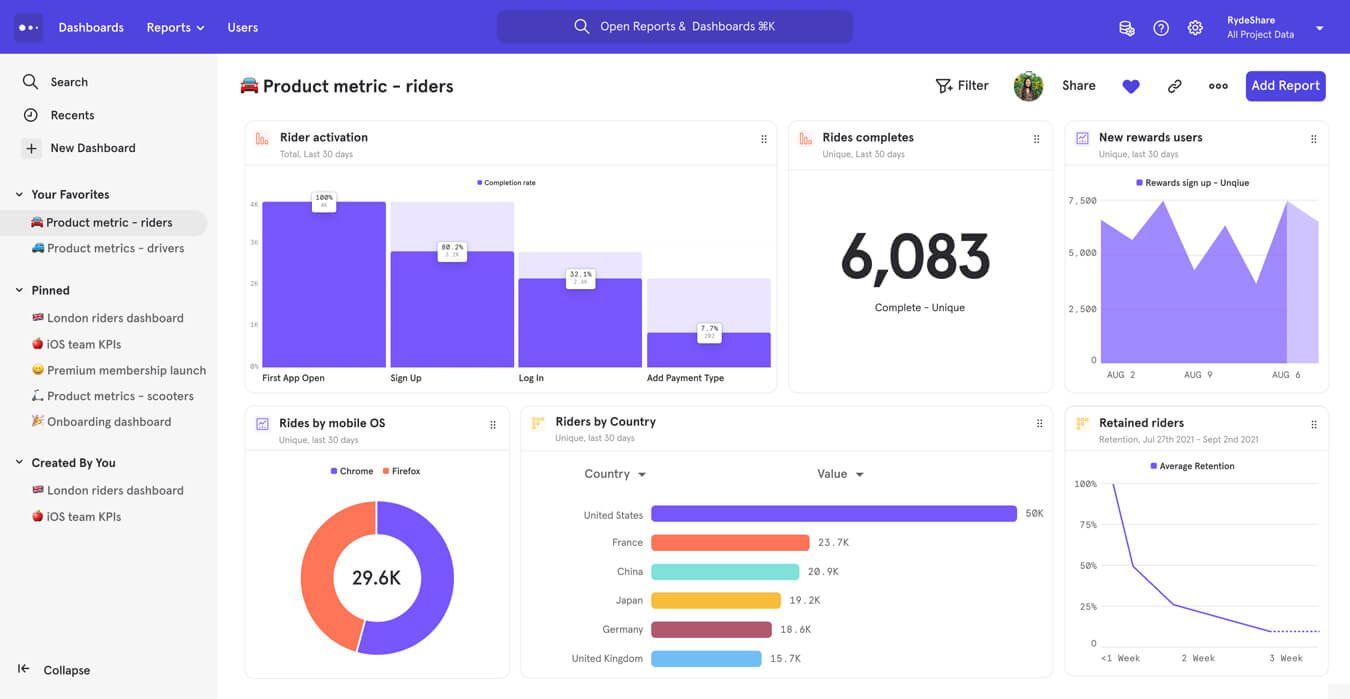User research
Crafting a beautiful customer experience is complex and there are many factors to consider, to be truly customer-centric you must immerse yourself in the world of your customers and live and breathe everything that is important to them.
To create unique experiences that people fall in love with you need to obsess over your customers and allow them to be your north star. Customer obsession requires aspects of both quantitive and qualitative research. There are three main components:
Understanding what is already known.
Stakeholder interviews and discussions with people who have been involved in the business for a long time. Analysis of statistics will assist here to determine the 'what', so that you're able to do further research and determine the 'why' and the 'how'.
Understanding what your users know, but haven't told you yet.
This information can be obtained from activities ranging from surveys to one on one interviews, and findings should be a mix of quantitative and qualitative. Your users know exactly what tasks they want to complete, but have you taken the time to listen to them and really pay attention?
Understanding what people experience but they can't put into words.
This is the most interesting kind of information but also the hardest to obtain. You can find this by observing users complete tasks, by performing A/B testing and by conducting usability tests of live products or rapid prototypes.
Qualitative Research
In Qualitative Research you dive deeply into your customer’s experience. You can probe deeper to understand not only what they are experiencing but also WHY and HOW and you can identify solutions that may have otherwise been hiding in plain sight.
The type and structure of this research can vary greatly depending on the problem you’re trying to solve or the experience you are aiming to uncover.
User interviews will give you a deep knowledge of your customers through an in-depth conversation that reveals much more than a survey script ever could.
Contextual inquiry lets you immerse yourself in the user’s real environment and observe them completing their tasks, rather than relying on their biased memory of what is easy and what isn’t. It is often the fastest way to uncover when people have created a routine or established a workaround to avoid a particular problem.
Usability testing gives you a deeper understanding of how users will react to your proposed solution and can uncover opportunities for improvement before the development of a solution even begins.
Quantitative Research
Statistics and other qualitative research can ensure that you’re spending the right attention to the right areas with your other forms of research.
It’s important to focus on the wide-reaching impacts of the work that you’re doing and track progress against company objectives.
Analytics and tracking are very useful in identifying trends in current product usage, identifying funnels and dropoffs, and measuring success against defined objectives.
Standardised surveys are a great way to reach a large audience and gather findings in a cost-efficient and statistically significant way.
NPS and CSAT are very useful health metrics to determine areas to focus improvement efforts, and to keep an eye on the long term engagement with your brand or products.


